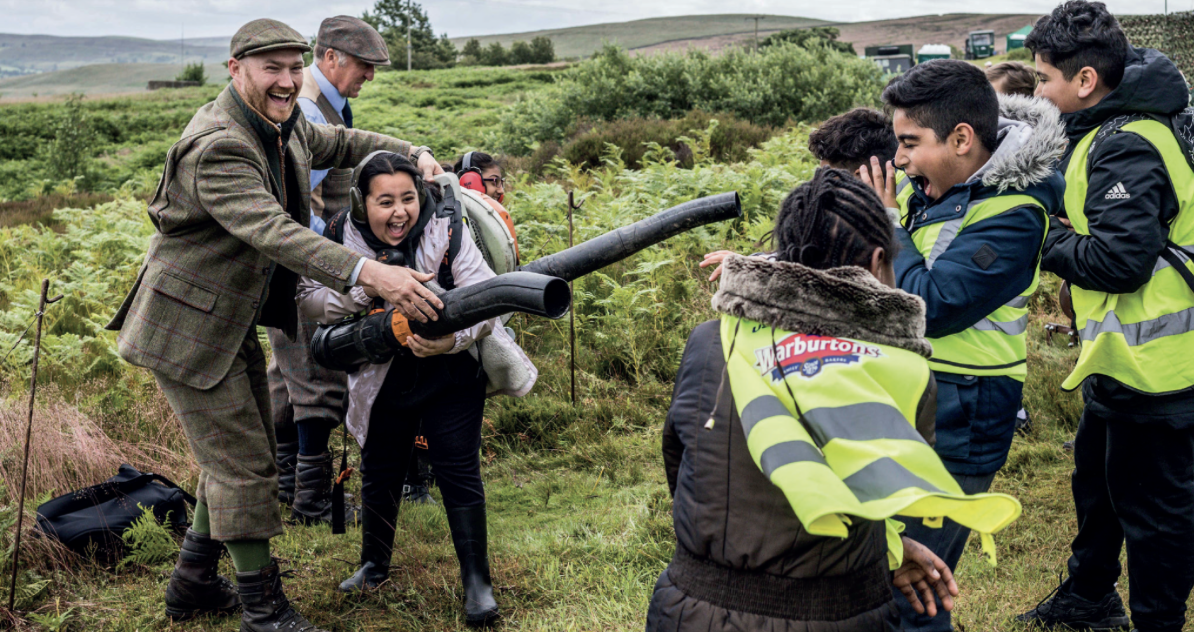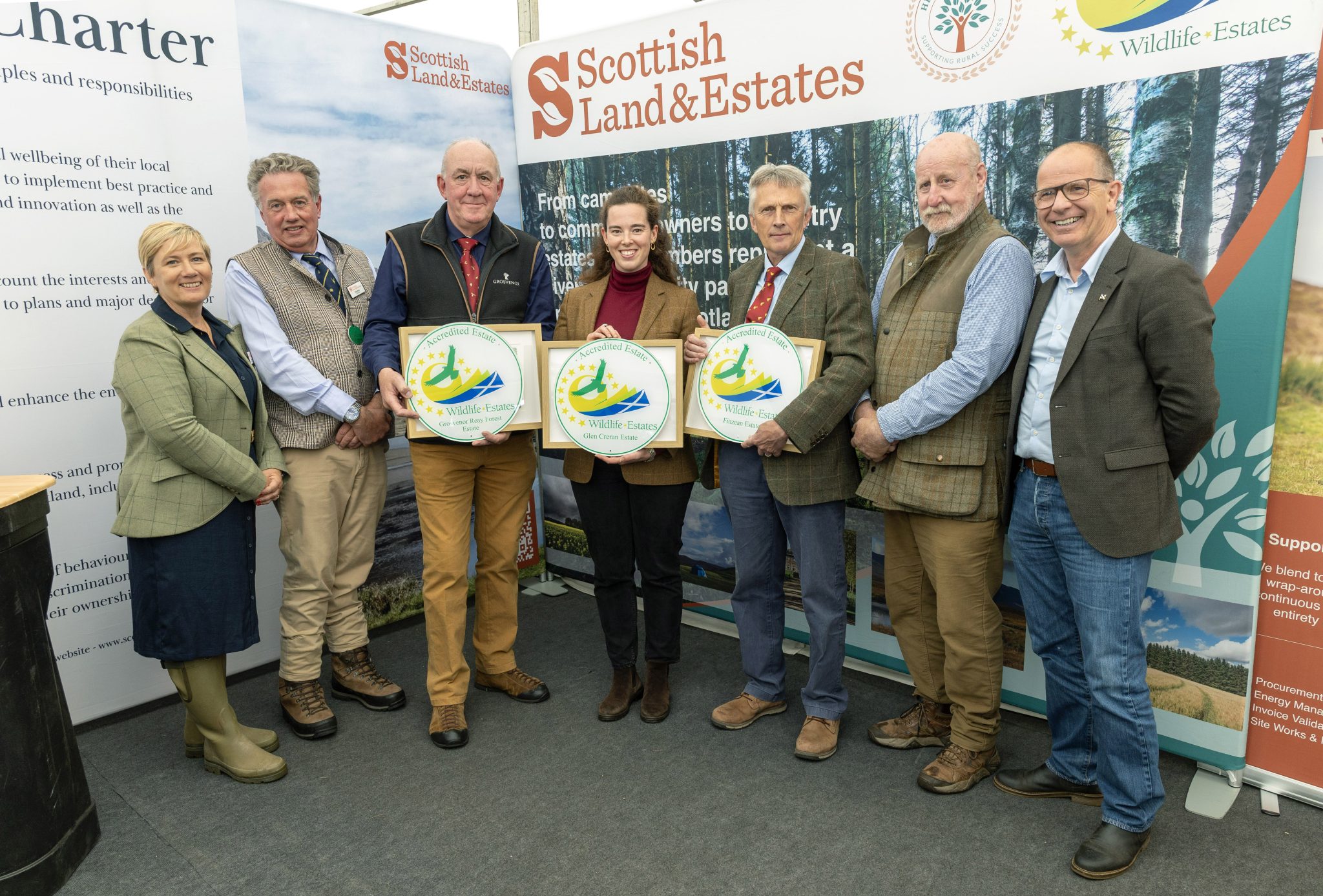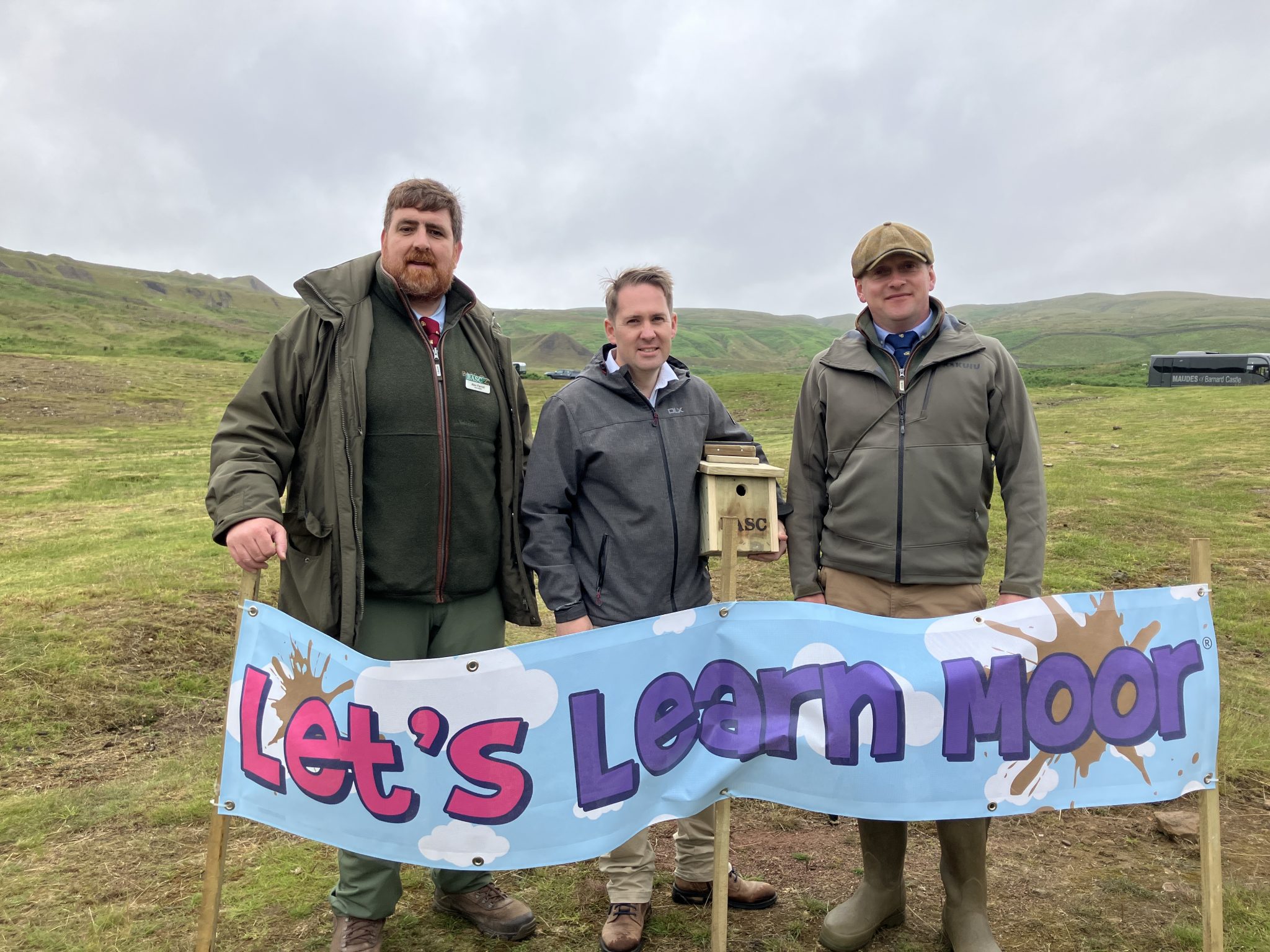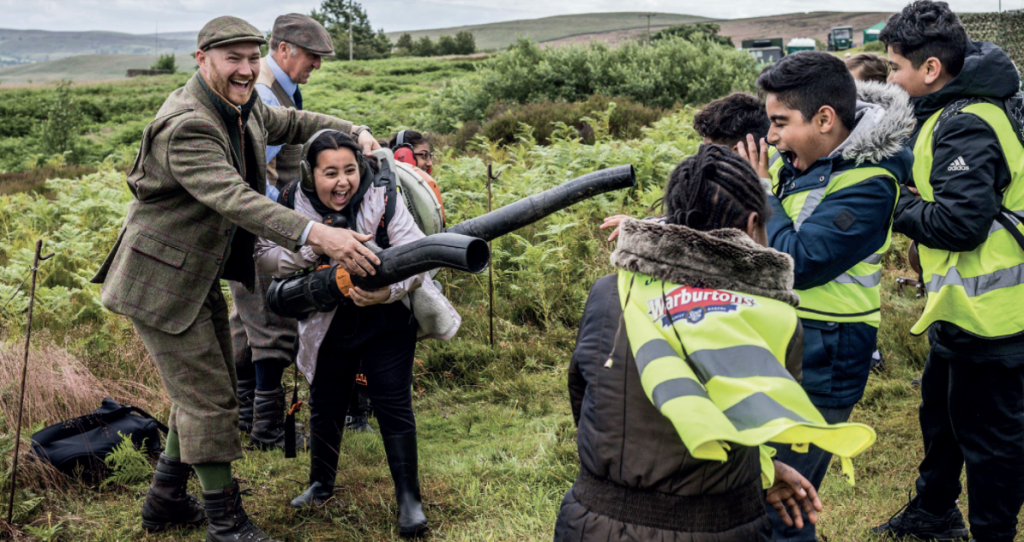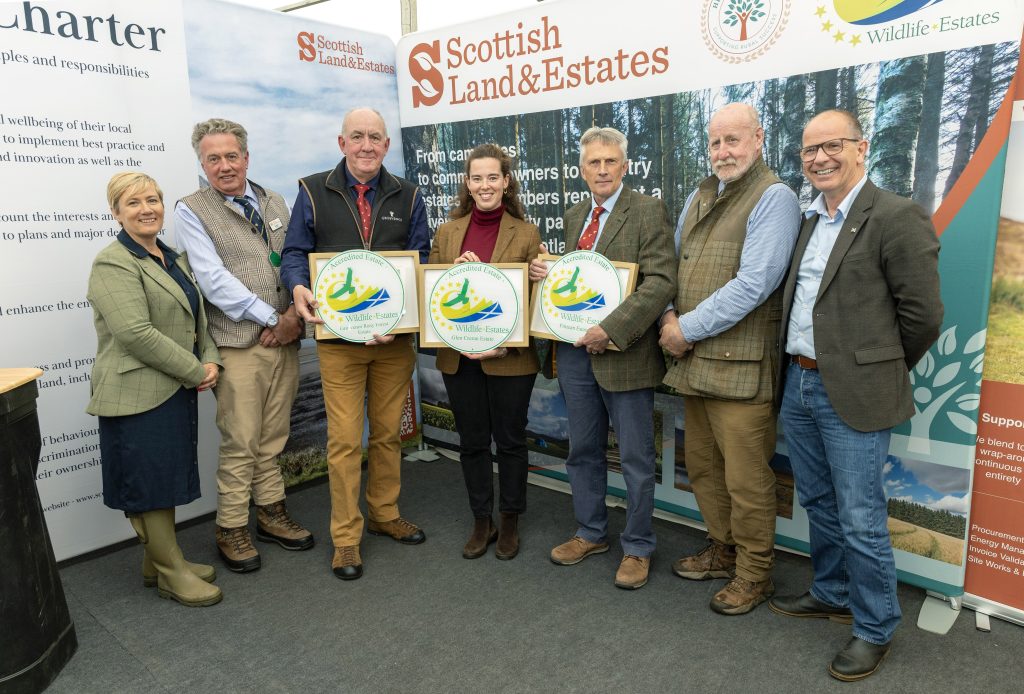News
Why feral goats can be a benefit for their environment
Would you like to speak to our readers? We offer sponsored articles and advertising to put you in front of our audience. Find out more.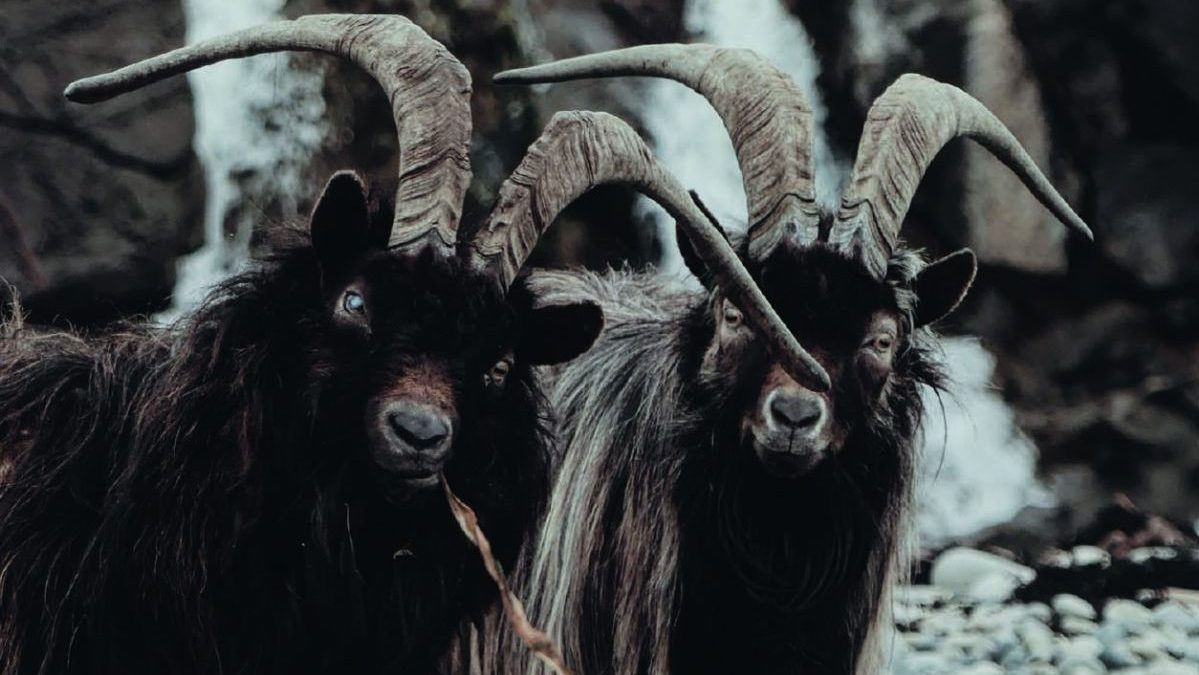 Goats stare at the camera
Goats stare at the camera
The first feral goat I ever shot was a young nanny, accompanied by two other barren nannies around a similar age. When I shot the nanny, the other two jumped forward at the noise, paused for a moment to look at the carcass, pretty much shrugged apathetically then went straight back to munching grass. I had an inkling that feral goats weren’t the brightest sparks back then, but over the years they have well and truly proved their case as being ‘thick as mince’. But regardless of their apparent lack of intelligence, goats truly are a joy to encounter. They have individual characters and, despite being far easier than deer to stalk, being in their presence often makes for a memorable experience.
Feral goats are not native to Britain; they originate from the Middle East and were brought here by early farmers in the Neolithic period. The Vikings, Saxons and Celts all played a role in distributing these original ‘wild goats’ around Europe. From these first cloven-hoofed settlers, various localised breeds emerged.
Our feral goats are British primitive goats. They are classed as a rare breed these days but used to be the Swiss army knife of goat breeds, kept for their meat, hair, skin and tallow. They’re an all-weather species and can survive harsh climates; they’re also good mothers and can provide milk for humans. The feral goat populations we see today were formed by escapees and abandoned herds, spurred by the Highland Clearances here in Scotland and overall by the migration into cities during the Industrial Revolution.
Invasive
However, feral goats do undeniably cause damage. In fact, the International Union for Conservation of Nature deems them to be one of the worst invasive species globally. They have the ability to reproduce rapidly and, in high numbers, feral goats can easily ‘over-graze’ habitats, especially native woodlands, cliff-edge vegetation, willow scrub and juniper. They are also a threat to commercial forestry.
Due to this, their populations must be kept at a sustainable level. However, without the same protections that our deer enjoy, management of goats can turn into localised eradication on the whims of an organisation or individual.
Despite being non-native, many herds are considered ‘naturalised’ and have a strong cultural significance. They are an icon of British folklore; mischievous by nature, they were often associated with the faeries, in Scotland and Ireland especially. In my own experience, there’s a collective sadness among rural communities where the local goats have been wiped out. “There used to be goats here” is a sombre statement I’ve heard more than once.
It isn’t hard to see why people care about them. They’re amazing to watch and their social structure allows for a variety of interactions — some hilarious, others downright impressive in the case of the rut.
Some landowners have seen opportunity in the goats and are using them for conservation grazing. Goats are browsers and, in the right area, this behaviour can help the habitat rather than harm it. They can reach areas that machines cannot and cause a far lower level of disturbance. They also tackle gorse, which aids in the mitigation of wildfires. Likewise, some Highland and Irish estates have recognised them as a natural resource, offering older individuals up for recreational stalking, thus keeping numbers in check while bringing revenue into the local economy.
A conservation tool, a recreational opportunity, a rich part of our heritage and, despite the reputation, a very palatable meat when cooked well (spices are necessary). I suppose now would be a good time to come clean as a ‘goat sympathiser’, if it wasn’t already obvious. I can’t help but feel it would be a sad day if the phrase “there used to be goats here” became a national one.
Related articles
News
A school trip they’ll struggle to forget
Let’s Learn Moor gives thousands of schoolchildren, many from towns and cities, the chance to experience the beauty of the moors
By Time Well Spent
News
Three Scottish estates earn top wildlife management awards
Three estates have received accreditation in recognition of their exemplary wildlife management and conservation work
By Time Well Spent
Manage Consent
To provide the best experiences, we use technologies like cookies to store and/or access device information. Consenting to these technologies will allow us to process data such as browsing behavior or unique IDs on this site. Not consenting or withdrawing consent, may adversely affect certain features and functions.
Functional Always active
The technical storage or access is strictly necessary for the legitimate purpose of enabling the use of a specific service explicitly requested by the subscriber or user, or for the sole purpose of carrying out the transmission of a communication over an electronic communications network.
Preferences
The technical storage or access is necessary for the legitimate purpose of storing preferences that are not requested by the subscriber or user.
Statistics
The technical storage or access that is used exclusively for statistical purposes.
The technical storage or access that is used exclusively for anonymous statistical purposes. Without a subpoena, voluntary compliance on the part of your Internet Service Provider, or additional records from a third party, information stored or retrieved for this purpose alone cannot usually be used to identify you.
Marketing
The technical storage or access is required to create user profiles to send advertising, or to track the user on a website or across several websites for similar marketing purposes.

